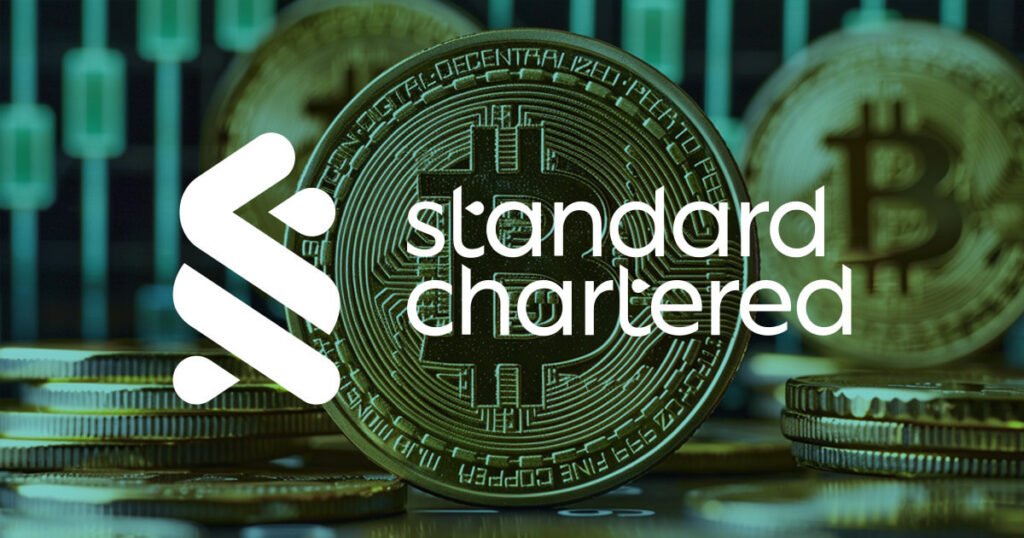Standard Chartered recently released a report stating that the recent Republican win in the US elections could drive the combined market cap of digital assets from $2.5 trillion to $10 trillion by 2026. The bank outlined how anticipated regulatory shifts under the new administration could pave the way for mainstream adoption of digital assets, creating a more favorable landscape for their growth.
Geoffrey Kendrick, head of global digital assets at Standard Chartered, identified several key factors that could influence this growth trajectory. One such factor is the potential repeal of SEC guidance known as SAB 121, which has restricted crypto custodians. This could allow US banks and institutional investors to more freely engage in the digital asset market. Additionally, the report highlighted legislative efforts to establish guardrails around stablecoin issuance, which could legitimize their use in traditional finance applications, potentially growing the stablecoin market cap to $1 trillion by 2026.
Bitcoin is expected to remain a central asset in the digital space, with its price predicted to reach around $200,000 by 2025. Standard Chartered noted that net inflows into US spot Bitcoin ETFs have reached approximately 400,000 BTC since approval earlier this year, totaling around $25 billion. The report projected that smart contract platforms and layer 2 blockchains will gain value at a faster rate than Bitcoin, with Ethereum and Solana particularly well-positioned to capture this growth.
The report also highlighted growth potential in emerging sectors such as DeFi and DePin, predicting that DeFi could increase its market share to around $700 billion by 2026 as regulatory barriers are removed. Other categories such as gaming, tokenization, and consumer-focused decentralized social networks are projected to contribute to an “other” category that could reach a market cap of $1.5 trillion by 2026. Overall, Standard Chartered’s outlook indicates the potential for a wide-ranging “crypto summer” period, with increased valuations for existing assets and the emergence of new sub-sectors.
Standard Chartered attributes the anticipated growth in digital assets to a combination of favorable policy changes, rising institutional interest, and the maturation of various blockchain use cases. If the predicted regulatory environment materializes, the bank sees digital assets well-positioned for mainstream adoption and significant market capitalization growth in the next two years.

















